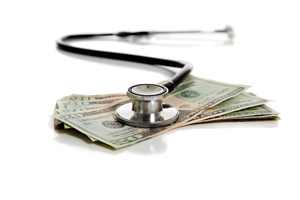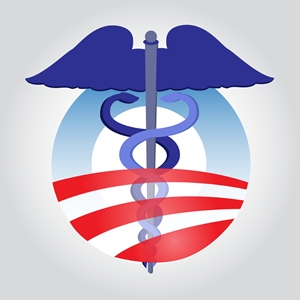
In an attempt to to inject the Affordable Care Act with proof that it's living up to its "low cost" moniker, the U.S. Department of Health and Human Services has released fresh evidence that people who buy marketplace-based policies can save on premiums.
Among those Americans who enrolled in a federal or state-based health insurance plan for the upcoming year, facilitated through the ACA, nearly 85 percent were eligible for a tax credit, saving them an average of almost $300 per month, HHS reported from a recent study. That's the equivalent of roughly 72 percent of the pre-tax credit premium.
Re-enrollees can save $516 per year
Similar savings have been available to Americans who "re-upped" through HealthCare.gov or their state-based ACA provider. The study found that approximately 60 percent of individuals who re-enrolled switched to a different plan, saving close to $45 per month in tax credits, which translates to $516 per year.
Sylvia Burwell, HHS secretary, said that this is proof positive that Americans have the opportunity to save by taking advantage of the ACA's health exchanges, especially those who don't already get coverage from their workplace via employee benefits.
"Consumers should know that prices are affordable," Burwell explained. "People coming to the [HealthCare.gov] marketplace for coverage are active, engaged and shopping to save money."
Medical care, access still problematic
The ACA has been a fairly partisan issue ever since it was signed into law in 2010 and went into effect a few years later. Supporters of the legislation promoted it as being a cost saver, saying it had the potential to save consumers thousands of dollars in premium payments per year. For the most part, this hasn't come to fruition. Over 40 percent of Americans cite cost or access as their main gripe with health care in the United States, according to a survey conducted by Gallup late last year. More specifically, nearly 1 in 4 pointed to cost and 20 percent referenced accessibility.
Jan 31. was the enrollment deadline for marketplace-based coverage in 2016. Consumers who aren't covered can still go through HealthCare.gov, but they'll have to wait until September, when the sign-up period reopens, with the coverage window not starting until 2017.
Cheryl Fish-Parcham, director of consumer advocacy group Families USA, told The New York Times prior to the enrollment deadline that people who are uninsured should not bank on the government pushing back the cutoff period.
"We'd encourage consumers not to rely on a possible extension," Fish-Parcham explained. "Plan for the deadline."
HHS has pushed back the sign-up deadline on several occasions in the past, mainly due to traffic tie-ups on the HealthCare.gov website. Internal glitches have also led to extending the enrollment period past its original closing date.
To encourage Americans to sign up, the government has implemented various financial penalties that fine those who don't have a policy in place. When the ACA first went into effect, uninsured consumers were docked 1 percent of their household income. The penalty has since been raised to 2.5 percent of annual earnings, or $695 per adult, whichever is highest. That's up from $325 in 2015 or 2 percent of a household's yearly income.





